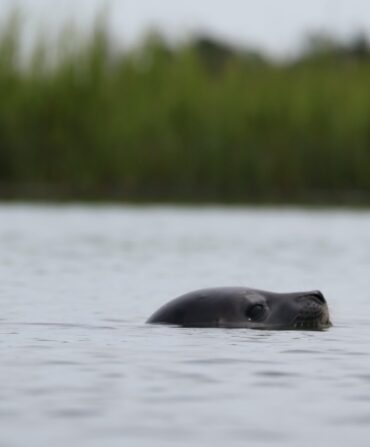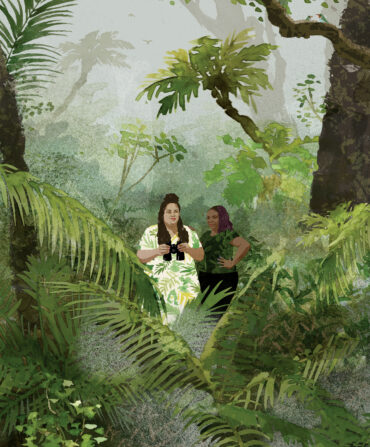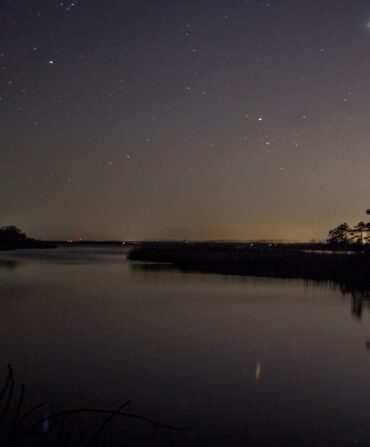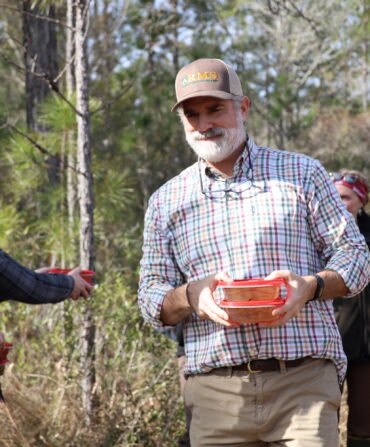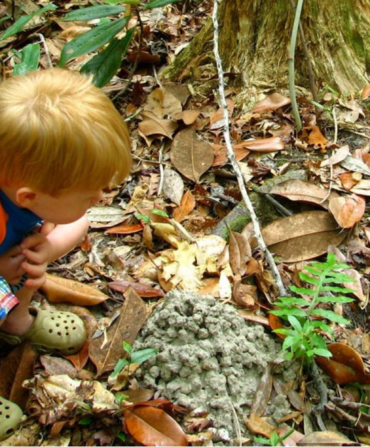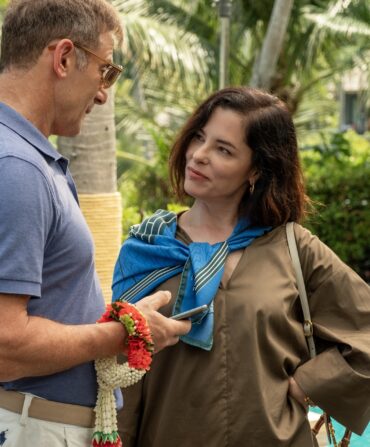It’s well past midnight when Joe Jenkins wades waist-deep into a creek to pull up a line of traps he set when it was still light. The first jumble of mesh and bait comes up empty save for a small flopping fish. So does the second, and third. But eventually the light from his headlamp floods over the very thing we have come here to find: the oblong shell and olive-colored head of a flattened musk turtle. My breath catches at the sight of the rarest turtle on the continent, which is just one representative of the incredible array of life that exists in Alabama, a global hotspot of freshwater diversity.
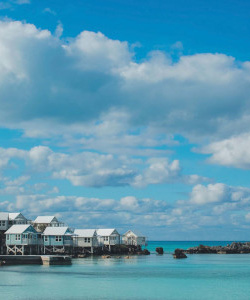
This federally endangered species is only found here in the state’s Black Warrior rivershed, whose tributaries unfurl around Birmingham and spill into six counties. Historically, flattened musk turtles lived all over this watershed in incredible abundance, using their shells, which look like someone gently took a rolling pin to them, to slip into underwater rocky cervices. But years of habitat degradation, fueled by sedimentation from coal mining and waste runoff from poultry farming, plus ever-encroaching development have chipped away at their numbers.

Today, only two strongholds remain. Jenkins prefers not to disclose the exact streams because of the other threat to the already beleaguered species: poaching. (Being tiny, cute, and rare is a dangerous combination in the illegal pet trade.)
Hours earlier, I’d met Jenkins and his wife at one of these locations, and we hauled stacks of traps down to the water. As an aquatic biologist with Auburn University’s Alabama Natural Heritage Program, Jenkins has studied this species and its salamander counterpart—the Black Warrior waterdog, which shares the same habitat—for over a decade. Summer is the best time to trap flattened musk turtles and gather data about their whereabouts, numbers, size, and behavior, which will inform conservation efforts for the rest of the year.

Since the turtles hunt at night, it’s not easy work. The traps go out around 6:00 p.m.; to set them, Jenkins employs his considerable experience in thinking like a flattened musk turtle and tucks them in the likeliest places for an encounter, baiting each with an enticing snack.
Past midnight, when we reconvene in the water for the first round of trap checking, the forest around the stream is transformed into the otherworldly. The haunting trill of a screech owl echoes overhead and a chorus of insects rises and falls. The water itself, even in the heat of summer, is cold, fed by mountain streams. We wade upstream, the first turtle tucked safely in a pocket of Jenkins’s backpack. Our headlamps illuminate the way, revealing darting fish and the oddly graceful North American medicinal leeches swirling around our legs.

All told, the traps yield three flattened musk turtles—and one surprise in the form of a large and ill-tempered snapping turtle that Jenkins has to convince to release the mesh of the trap from its powerful jaws. At another point, a water moccasin winds up in the water beside us, seemingly none too thrilled with our invasion. “I’m a firm believer that water moccasins don’t chase humans—except in this stream,” Jenkins jokes as we respectfully exit the stream.
Standing on the remnant concrete slab of a defunct bridge, we set up a makeshift work-up station. Jenkins pops each of our three catches into a red solo cup. Two sit quietly, heads extended just far enough out of their shells to observe their new environment; the other, a female, cranes her strangely long and flexible neck to its full length and scratches furiously at the cup so that it rocks back and forth. “Oh, they have personalities, all right,” Jenkins says as he prepares a clipboard for jotting down measurements. He will also snap a photo of each capture so he knows if they’ve been caught before. Two of these turtles have been, and the data we gather can now be compared to their previous points to track growth and location.

This sort of information fills in the blanks about a species that desperately needs our help, and about which Jenkins is a repository of knowledge. He has sorted out where flattened musk turtles reside at different times of the year (they can stay underwater for months, absorbing oxygen through their tongues and the lining of their mouths and throats), observed how social they are (“they love to hang out together”), and honed the ability to estimate their ages from fine lines—like tree rings—on their shells. Once these turtles have yielded all the data they can, we release them just where they were caught for minimal disturbance to their evenings.
Then we sit and wait. We’ll check the traps one more time, around 3:00 a.m—and that leaves room for story time. “I’m not going to lie,” Jenkins says. “The first few summers I was out here alone, I got a little creeped out.” Once, something pushed his hammock, hard, as he tried to catch a few hours of sleep. Other threats are more tangible; he has caught poachers in the act and called the police. “I’m pretty serious about these turtles,” he says, laughing, but I know he’s not joking at all.
In the future, he hopes to establish a captive breeding program that can get more turtles out into the water. As he points out, “We can monitor them until they go extinct. We are arriving at the point where it’s time to do more.” The key to bringing them back, of course, is habitat. To that end, the Nature Conservancy and the Amphibian and Reptile Conservancy, along with other conservation groups, are conducting streambank restoration all over the watershed so that the turtles can eventually reclaim their previous range.
But in the meantime, the populations here are the last representatives of a species that has lived in these waters for millions of years. We wade back in for our final check, and Jenkins pauses as he tugs at a string to pull a trap up. “My worst fear is that I’ll be one of the last people to see one of these in the wild,” he says.
As we slog back downstream, arms full of traps, I see a flattened musk turtle on the creek bottom. It freezes for a moment in the light of my headlamp, then propels itself onward, using a large slab of rock to alternate between expertly pushing off with its feet and swimming. I watch—completely in awe to see it move within its underwater world—until the darkness swallows it.



